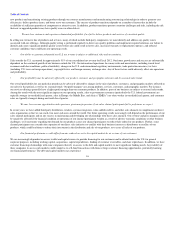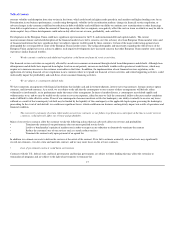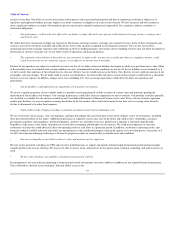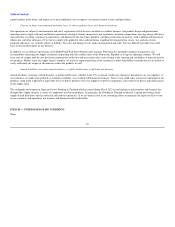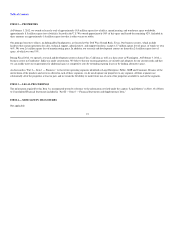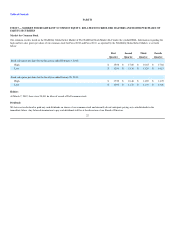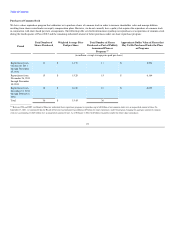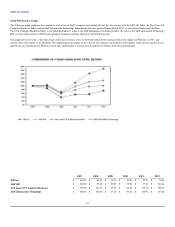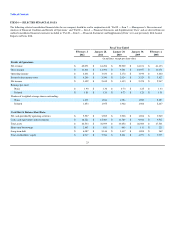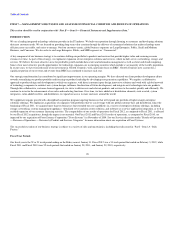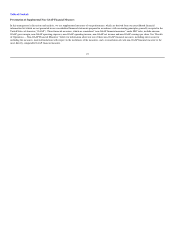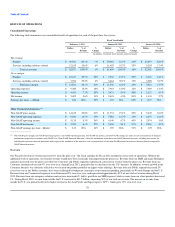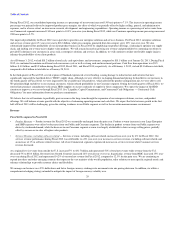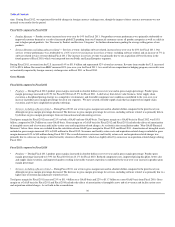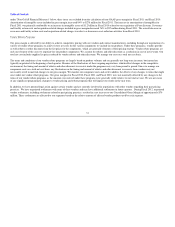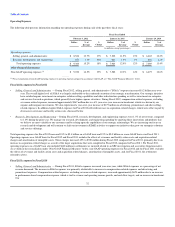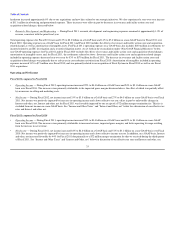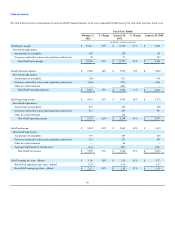Dell 2011 Annual Report Download - page 28
Download and view the complete annual report
Please find page 28 of the 2011 Dell annual report below. You can navigate through the pages in the report by either clicking on the pages listed below, or by using the keyword search tool below to find specific information within the annual report.
Table of Contents
ITEM 7 — MANAGEMENT’S DISCUSSION AND ANALYSIS OF FINANCIAL CONDITION AND RESULTS OF OPERATIONS
This section should be read in conjunction with “Part II — Item 8 — Financial Statements and Supplementary Data.”
INTRODUCTION
We are a leading integrated technology solutions provider in the IT industry. We built our reputation through listening to customers and developing solutions
that meet customer needs. We are focused on providing long-term value creation through the delivery of customized solutions that make technology more
efficient, more accessible, and easier to manage. Our four customer-centric, global business segments are Large Enterprise, Public, Small and Medium
Business, and Consumer. We also refer to our Large Enterprise, Public, and SMB segments as “Commercial.”
A key component of our business strategy is to continue shifting our portfolio to products and services that provide higher-value and recurring revenue
streams over time. As part of this strategy, we emphasize expansion of our enterprise solutions and services, which include servers, networking, storage, and
services. We believe the most attractive areas for profitable growth include data center and information management as well as client and cloud computing.
Some of our most attractive growth opportunities for technology expansion are in emerging countries which include a vast majority of the world's population.
In recent years, we have focused much of our investment in Growth Countries, with a particular focus on BRIC. Growth Countries now account for a
significant portion of our revenue and revenue from BRIC has continued to increase each year.
Our strategic transformation has contributed to significant improvements in our operating margins. We have directed our client product development efforts
towards streamlining our product portfolio and focusing on product leadership by developing next generation capabilities. We employ a collaborative
approach to product design and development in which our engineers, with direct customer input, design innovative solutions and work with a global network
of technology companies to architect new system designs, influence the direction of future development, and integrate new technologies into our products.
Through this collaborative, customer-focused approach, we strive to deliver new and relevant products and services to the market quickly and efficiently. We
continue to invest in the enhancement of our sales and marketing functions. Over time, we have added new distribution channels, such as retail, system
integrators, value-added resellers, and distributors, to expand our access to more end-users around the world.
We supplement organic growth with a disciplined acquisition program targeting businesses that will expand our portfolio of higher-margin enterprise
solutions offerings. We emphasize acquisitions of companies with portfolios that we can leverage with our global customer base and distribution. Since the
beginning of Fiscal 2011, we acquired more than ten businesses that extended our core capabilities in a variety of enterprise solutions offerings, including
storage, networking, systems management appliance, virtualized server and data center solutions, and software-as-a-service application integration, as well as
enabled expansion of our customer financing activities. The comparability of our results of operations for Fiscal 2012, as compared to Fiscal 2011, is affected
by our Fiscal 2012 acquisitions, though the impact is not material. Our Fiscal 2012 and Fiscal 2011 results of operations, as compared to Fiscal 2010, are
impacted by our acquisition of Perot Systems Corporation ("Perot Systems") in November of 2009. See our Services discussion under "Results of Operations
— Revenue of Operations — Revenue by Product and Services Categories" for more information about our acquisition of Perot Systems.
The successful execution of our business strategy is subject to a variety of risks and uncertainties, including those discussed in “Part I - Item 1A - Risk
Factors.”
Fiscal Year Periods
Our fiscal year is the 52 or 53 week period ending on the Friday nearest January 31. Fiscal 2012 was a 53 week period that ended on February 3, 2012, while
Fiscal 2011 and Fiscal 2010 were 52 week periods that ended on January 28, 2011, and January 29, 2010, respectively.
26


